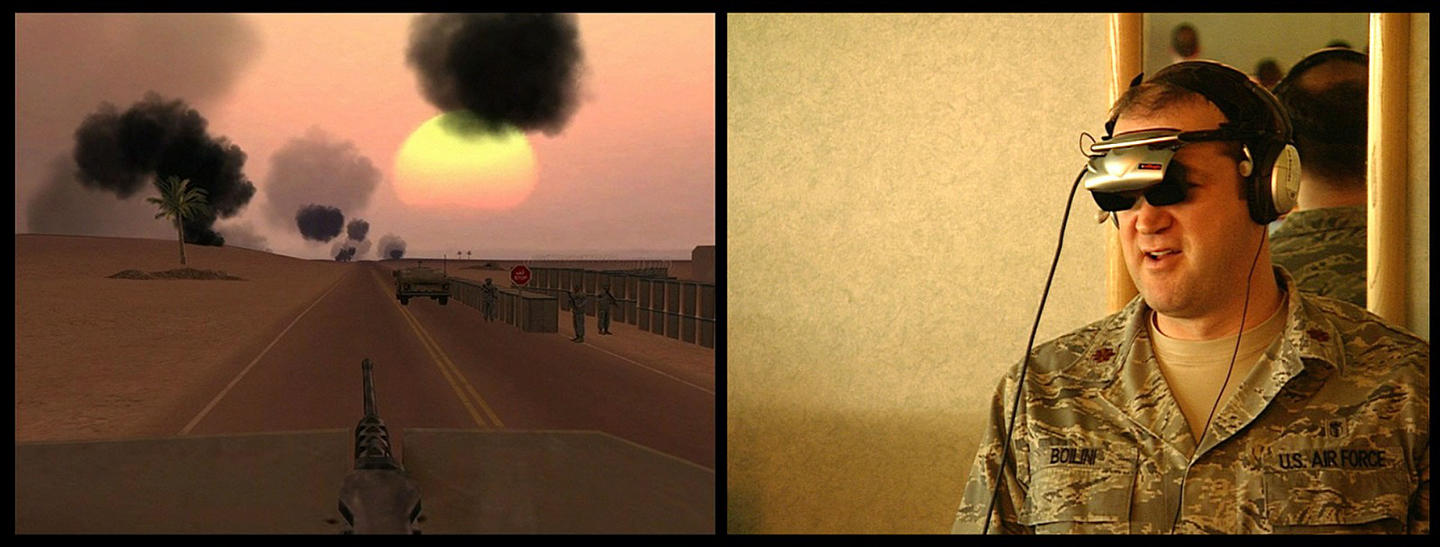Annie J. Cannon, “Biographical Memoir of Solon Irving Bailey,” National Academy of Sciences, no. 15 (1932): 193.
J. Donald Fernie, “In Search of Better Skies: Harvard in Peru I,” American Scientist (September–October 2000): 398.
Fernie, “In Search of Better Skies,” 396.
Dr. Raimondi, quoted in Solon I. Bailey and Edward C. Pickering, “A Catalogue of 7222 Southern Stars Observed with the Meridian Photometer during the Years 1889–91,” Annals of the Astronomical Observatory of Harvard College, no. 34 (1895): 28.
Michelle Henning, Photography: The Unfettered Image (Routledge, 2017), 7.
Edward Pickering, quoted in Dava Sobel, The Glass Universe: How the Ladies of the Harvard Observatory Took the Measure of the Stars (Penguin Books, 2017), 38.
Annie J. Cannon and Edward C. Pickering, “Spectra of Bright Southern Stars Photographed with the 13-inch Boyden Telescope as Part of the Henry Draper Memorial,” Annals of Harvard College Observatory, no 28 (1901).
Kelley Wilder, Photography and Science (Reaktion Books, 2009), 34.
Wilder, Photography and Science, 31.
Wilder, Photography and Science, 34. Furthermore, it would be possible to expand to the longer history of engineering drawing where questions of measurement, techniques of descriptive geometry, and photogrammetry play a central role before such technical images as photography. In this sense, a media archaeology of operational images would become more about Gaspard Monge than François Arago or other pioneers of scientific photography. See Peter J. Booker, A History of Engineering Drawing (Northgate, 1979).
Harriett S. Leavitt, “1777 Variables in the Magellanic Clouds,” Annals of the Harvard College Observatory, no. 60 (1908): 87.
Leavitt, “1777 Variables,” 107.
John Durham Peters, Marvelous Clouds: Toward a Philosophy of Elemental Media (University of Chicago Press, 2015).
François Arago, “Rapport de M. Arago. (Seance du 5 juillet 1839),” in Historique et description des procedes du daguerreotype et du diorama, ed. LouisJacques-Mande Daguerre (Paris: Susse, 1839), 23–24. John Tresch, “The Daguerreotype’s First Frame: François Arago’s Moral Economy of Instruments,” Studies in History and Philosophy of Science, no. 38 (2007).
Wilder, Photography and Science.
Jimena Canales, A Tenth of a Second (University of Chicago Press, 2009).
Both “operative images” and “operational images” appear in English literature on the topic. The German term is operative Bilder.
See Florian Sprenger, Epistemologien des Umgebens: Zur Geschichte, Okologie und Biopolitik kilnstlicher Environments (Bielefeld: Transcript, 2019). On the somewhat connected notion of the “navigational image” that Doreen Mende has developed based on Farocki’s work, see Mende, “The Navigation Principle: Slow Image,” e-flux lectures, November 29, 2017.
Harun Farocki, “Phantom Images,” Public, no. 29 (2004), 18.
Farocki, “Phantom Images,” 18.
Farocki, “Phantom Images,” 18.
Sharon Ghamari-Tabrizi, The Worlds of Herman Kahn: The Intuitive Science of Thermonuclear War (Harvard University Press, 2005), 47.
Ghamari-Tabrizi, The Worlds of Herman Kahn, 48.
Patrick M. S. Blackett, “Operational Research,” Operational Research Quarterly 1, no. 1 (March 1950): 3.
See here also Bernard Dionysius Geoghegan, Code: From Information Theory to French Theory (Duke University Press, 2023).
Blackett, “Operational Research,” 3.
William Thomas, Rational Action: The Sciences of Policy in Britain and America, 1940–1960 (MIT Press, 2015), 216. Thomas’s book is a recommended entry point to the history of operations research.
A much longer bibliography could be listed, but examples of feminist data studies and related fields include Catherine D’lgnazio and Lauren F. Klein, Data Feminism (MIT Press, 2020); Jacqueline Wernimont, Numbered Lives: Life and Death in Quantum Media (MlT Press, 2019); and Uncertain Archives: Critical Keywords for Big Data, ed. Nanna Bonde Thylstrup et al. (MlT Press, 2021).
Harun Farocki, “Cross Influence / Soft Montage,” in Harun Farocki: Against What? Against Whom?, ed. Antje Ehmann and Kodwo Eshun (Koenig Books, 2009). See also Jussi Parikka and Abelardo GilFournier, “An Ecoaesthetic of Vegetal Surfaces: On Seed, Image, Ground as Soft Montage,” Journal of Visual Art Practice 20, no. 1–2 (2021).
Paul Virilio, The Vision Machine, trans. Julie Rose (Indiana University Press, 1994), 59.
Harun Farocki, “Industrialization of Thought,” Discourse: Journal for Theoretical Studies in Media and Culture, no. 15 (1993).
Virilio, The Vision Machine, 59.
Aud Sissel Hoel, “Operative Images: Inroads to a New Paradigm of Media Theory,” in Image-Action-Space: Situating the Screen in Visual Practice, ed. Luisa Feiersinger, Kathrin Friedrich, and Moritz Queisner (De Gruyter, 2018); and Paul Virilio, War and Cinema: Logistics of Perception, trans. Patrick Camiller (Verso, 1989).
Lesia Kulchynska, “Violence Is an Image: Weaponization of the Visuality During the War in Ukraine,” Institute of Network Cultures, October 26, 2022 →.
See Georges Didi-Huberman, “How to Open Your Eyes,” Harun Farocki.
Rosi Braidotti and Matthew Fuller, “The Posthumanities in an Era of Unexpected Consequences,” Theory, Culture & Society 36, no. 6 (2019): 7 (emphasis in the original).
Braidotti and Fuller, “The Posthumanities in an Era of Unexpected Consequences,” 8.
Brian Massumi, Ontopower: War, Powers, and the State of Perception (Duke University Press, 2015), 69.
Massumi, Ontopower, 69.
Tom Holert, “Tabular Images: On the Division of All Days (1970) and Something Self Explanatory (15 x) (1971),” in Harun Farocki, 92.
Raymond Bellour, “The Photo-Diagram” in Harun Farocki, 146. On Foucault and invisibilities, see also Gilles Deleuze, Foucault, trans. Sean Hand (University of Minnesota Press, 1988).
The Harun Farocki Institute website →.
Thomas Elsaesser, “Simulation and the Labour of Invisibility: Harun Farocki’s Life Manuals,” animation: an interdisciplinary journal 12, no. 3 (2017), 219.
Elsaesser, “Simulation,” 223.
Antje Ehmann and Kodwo Eshun, “A to Z of HF, or 26 introductions to HF,” in Harun Farocki, 206.
On machine learning and its learners, see Adrian Mackenzie, Machine Learners: Archaeology of a Data Practice (MIT Press, 2017).
See Joanna Zylinska, “Undigital Photography: Image-Making beyond Computation and AI,” in Photography Off the Scale, ed. Tomas Dvorak and Jussi Parikka (Edinburgh University Press, 2021).
Farocki in Eye/Machine I (2001), quoted in Volker Pantenburg, “Working Images: Harun Farocki and the Operational Image,” in Image Operations: Visual Media and Political Conflict, ed. Jens Eder and Charlotte Klonk (Manchester University Press, 2017), 49.
Joanna Zylinska, Nonhuman Photography (MIT Press, 2017).
Research and writing have been supported by the Operational Images and Visual Culture project, funded by the Czech Science Foundation’s EXPRO grant 19-26865X.
